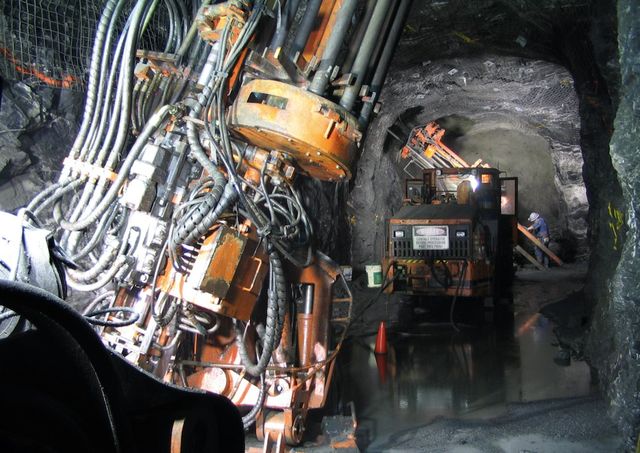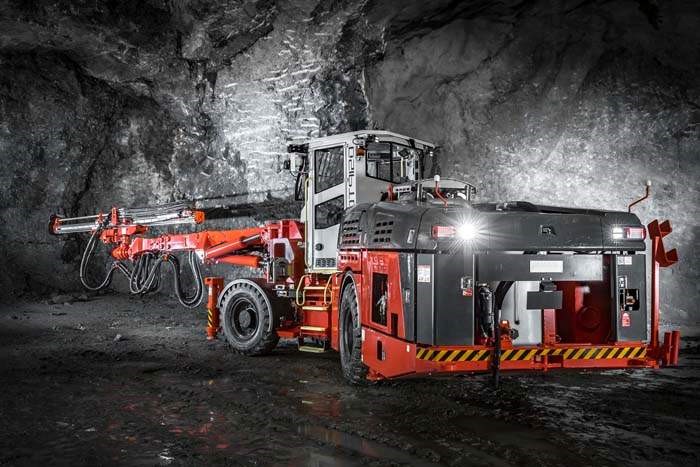
What innovations are changing mining and mining jobs? And what other innovations are just around the corner?
The mining jobs of today are very different to the mining jobs of the past.
For centuries people dug pits with simple tools. But massive advances in technology, particularly over the past century, have revolutionised the way we work — and our capacity to exploit the mineral resources we need to create modern, developed civilisation.
Obvious candidates for the most important developments include the introduction of explosives, motorised drilling, and geographic information systems. From exploration to extraction, from health and safety to the environment, no area of mining has been left untouched by innovation. (There’s a great list of 100 innovations here.)
But what innovations are we starting to see change mining and mining jobs already? And what’s just around the corner?
HyLogger
The HyLogger is an invention that is changing the way we look at core samples. Literally. The Australian exploration industry spends close to $600 million per year drilling holes to locate potentially economic mineral resources, so it’s an expensive process. But the HyLogger is an automated hyperspectral logging technology that characterises minerals in drill core samples much faster and more accurately than a human can.
Automated trucks and trains
This is a much-talked-about innovation because people associate automation with the loss of mining jobs. But that’s not necessarily the case. While automation is impressive technology, allowing trucks to navigate a mine site safely with pinpoint precision, there will be employment opportunities in remote control centres. You can read more about this here. Like it or not, automated trucks and trains are already here — and that’s set to continue throughout the rest of mine site operations, too.
Diesel Hydraulic machines
The way we drill shafts and declines is changing, too. Sandvik has created a Jumbo, the DT912D, which uses a 205-kilowatt diesel-hydraulic engine, a four-cubic-metre compressor and 1000-litre water tank, which will allow operators to drill underground more safely and efficiently. It’s a versatile and impressive machine.

The Sandvik DT912D. © Sandvik.
Big data
Even greater connectivity is coming. Mining companies are creating connected networks, like an “internet of things” for their mine sites, to collect, monitor and process data. The more data miners have to analyse, the more information they have to optimise their processes. These networks will allow them to more effectively control how they use their resources.
3D mapping
3D mapping has been around for a few years now but the advances in the way the information is collected and collated, then represented, are huge. From the use of lasers to the use of drones, this technology is cutting costs and improving the way mining companies dig.
Rethinking waste
The environmental legacy of mining is one of those issues that haunt the industry, but we’ve seen huge progress in everything from operations to rehabilitation in recent years. Where there’s a problem there’s plenty of room for innovation, and wastewater is one of those areas where new solutions are being developed.
Canadian water treatment firm BioteQ Environmental Technologies, for example, has developed technologies that allow mining companies to add a biological or chemical source of sulphide to wastewater to transform a target metal from a liquid into a solid, forming high-grade solid metal sulphides that can be disposed of or sold.